Memorial Sloan Kettering Cancer Center Westchester
EwingCole was tasked with renovating an outdated space into a premier healthcare facility at Memorial Sloan Kettering Cancer Center Westchester in West Harrison, New York.
he West Harrison site for Memorial Sloan Kettering’s seventh Regional Cancer Center was an existing 1950’s office building. The challenge for the design team was converting the dated brick and metal panel building with large floor plates into a state of the art cancer center.
Enhancing the cancer patient experience and supporting an efficient care environment inspired the work at West Harrison. Modularity, flexibility, privacy, and continuity of care are woven through the combined examination/consultation rooms, private infusion rooms, and circulation routes punctuated by the positive stimuli of natural light and gardens.
The architects developed a standard 120-s.f. room size module for MSK West Harrison. Exam rooms, private infusion rooms, offices, consultation rooms, and classrooms are based on this module, offering flexibility for future space utilization.
The interiors avoid appearances that remind patients of their illnesses. Sound absorbing materials keep the interior very quiet. Medical equipment and technology are concealed from view. Partitions instead of full-height walls, textured glass panels, and filtered natural light complement a soft neutral color and materials palette.
MSK West Harrison features private chemotherapy infusion rooms with outdoor views, direct lines of sight to the nurses’ stations, and all medical supplies concealed. Patients have the ability to control temperature, lighting, exterior shades, and entertainment options.
Multi-function private exam rooms feature consultation areas, and exam areas with custom benches for patient belongings and mirrors.
The building not only accomplished the stringent task of achieving LEED Gold but also implemented healthy building initiatives such as PVC-free products for both construction and design, and the building’s use of LED lighting tied to daylighting sensors, insulation made of recycled denim, and water conservation efforts.
Low ceiling heights and a deep dark building were just a few of the challenges faced by the design team. Skylights were added and floor openings created to bring natural light to the center of the building. The front of the building received an addition which not only created a new and monumental entrance but also established a circulation ‘spine’ which provides direct patient access to multiple treatment modalities. Once inside, a sophisticated use of natural material and soft color compliments the multiple views of landscaping and nature. A meticulous garden was created and is accessible by patients and families. The garden was designed to have green and blooming planting throughout all seasons. To create high quality staff accommodations, we provided windows to the landscape for typically dark enclosed spaces such as imaging control rooms, an outdoor patio for moments of respite, access to walking paths, and staff showers. The design team used Building Information Modeling (BIM) to aid systems coordination, provide building maintenance teams with an accurate depiction of systems, and eliminate field changes. The design team provided continuity for this project beyond the design of the building creating an uplifting and encouraging experience for cancer patients and their families, with high levels of privacy and patient control, and to develop operationally efficient layouts that reduce the cost of healthcare delivery and enable future spatial agility.

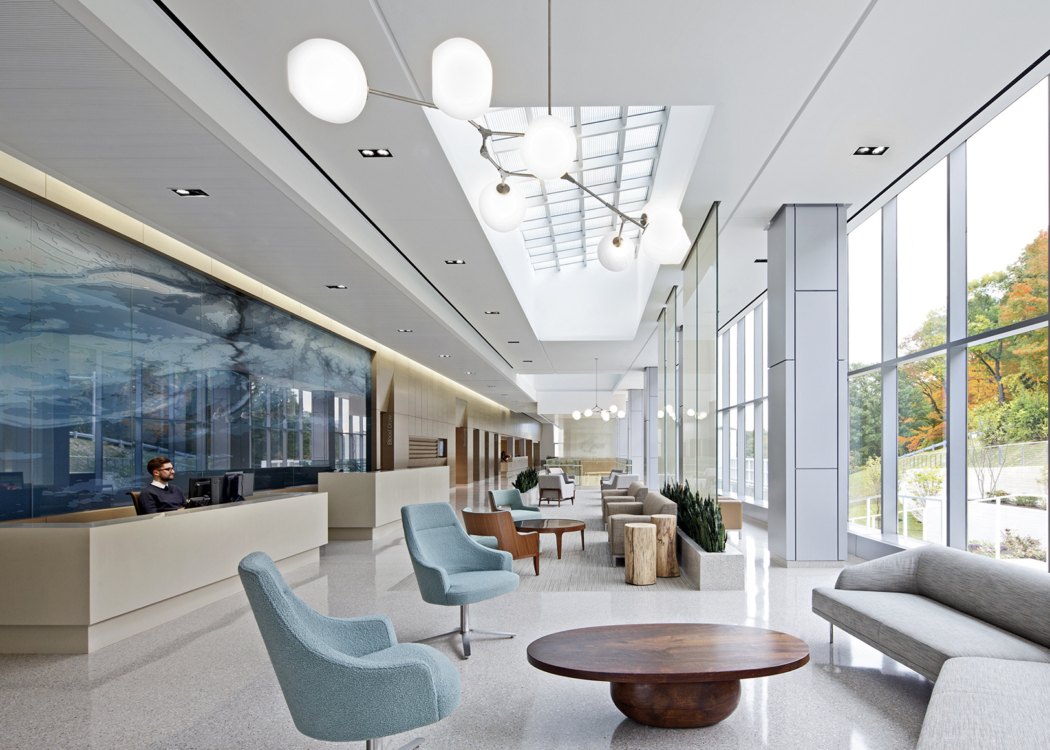
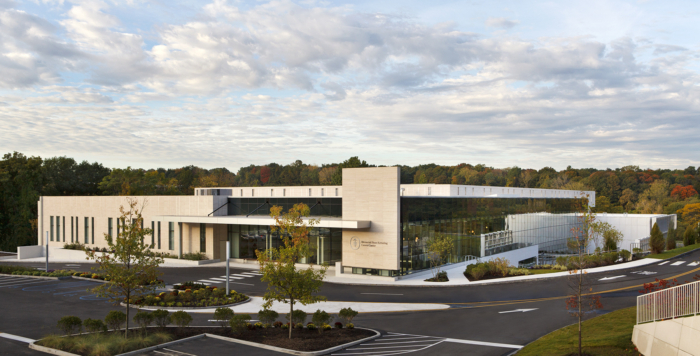
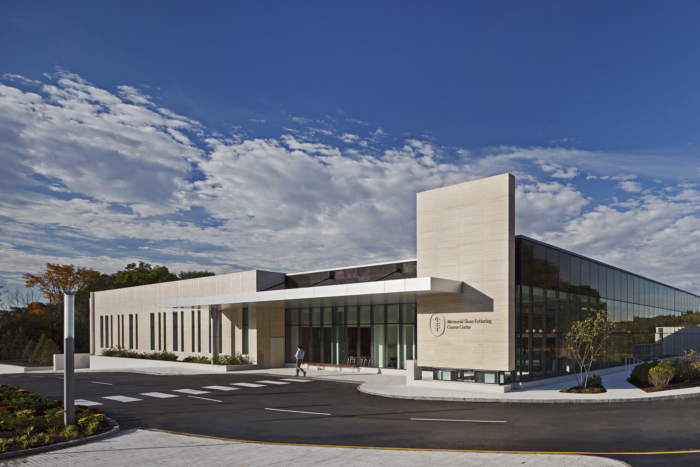
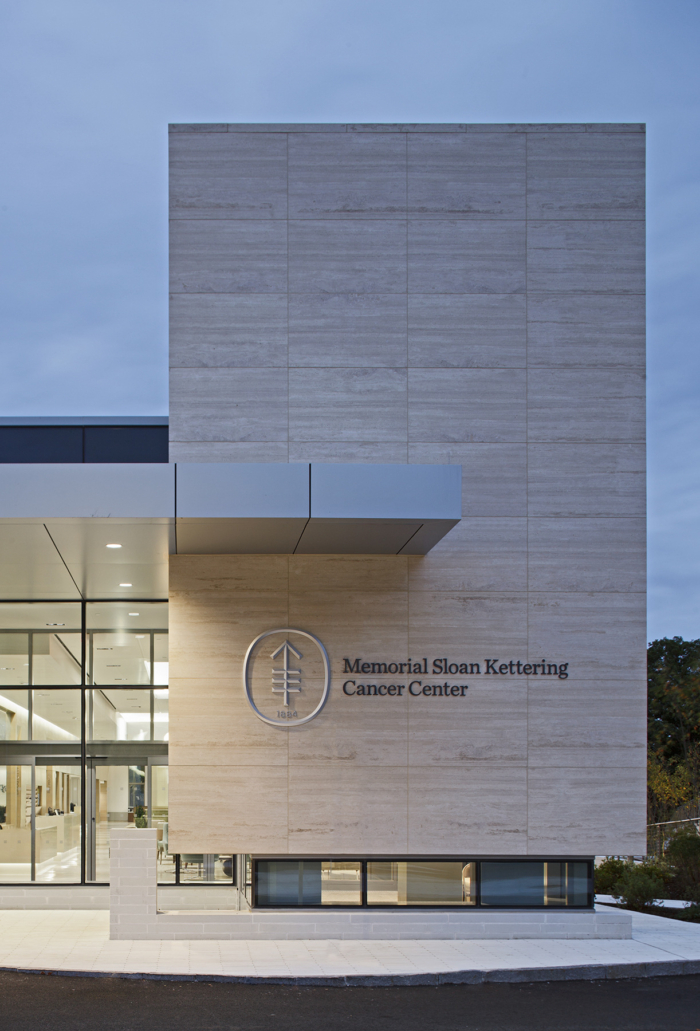
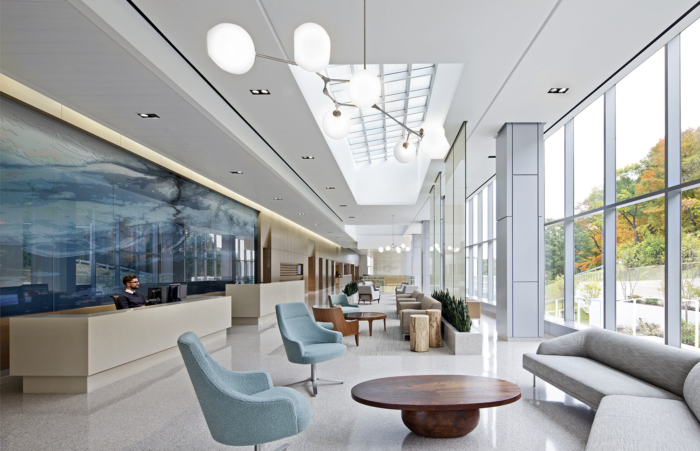
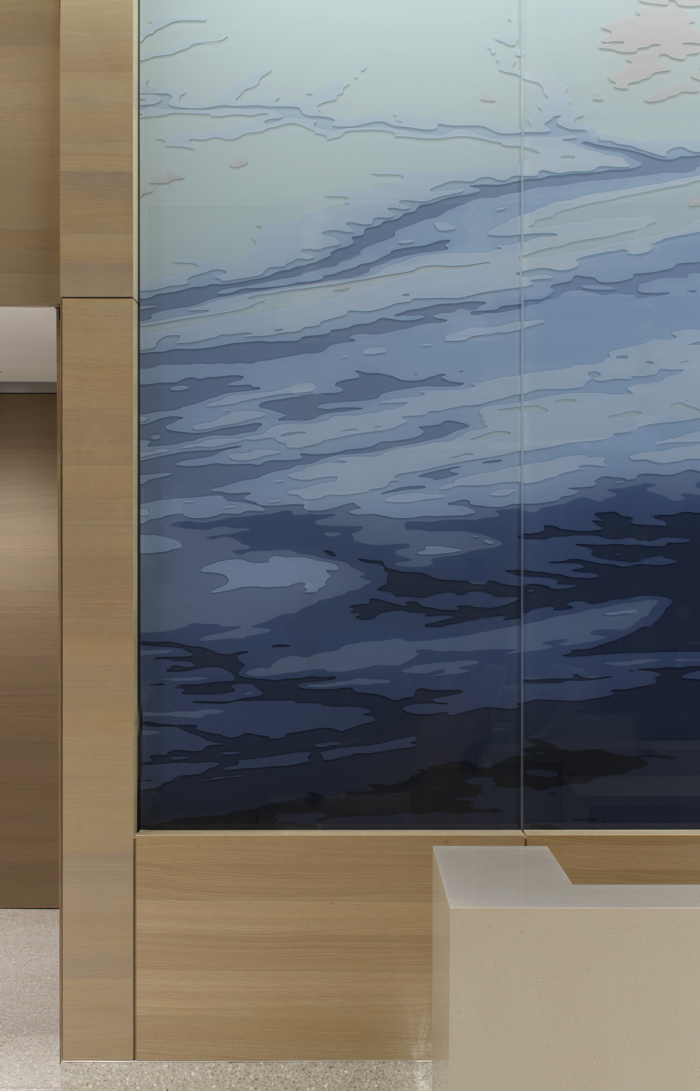
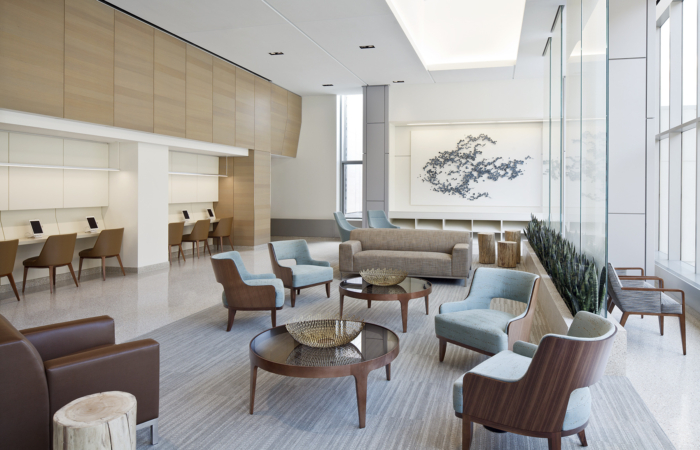
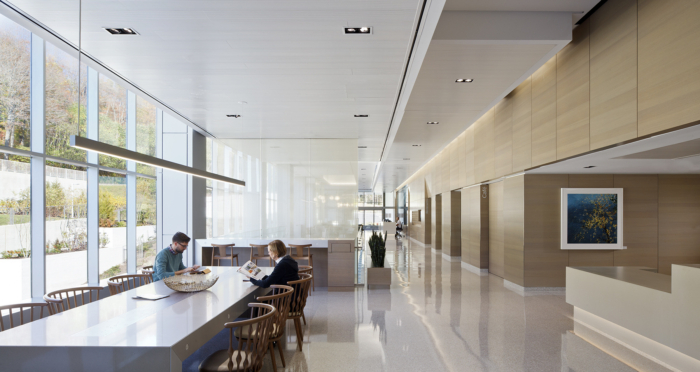


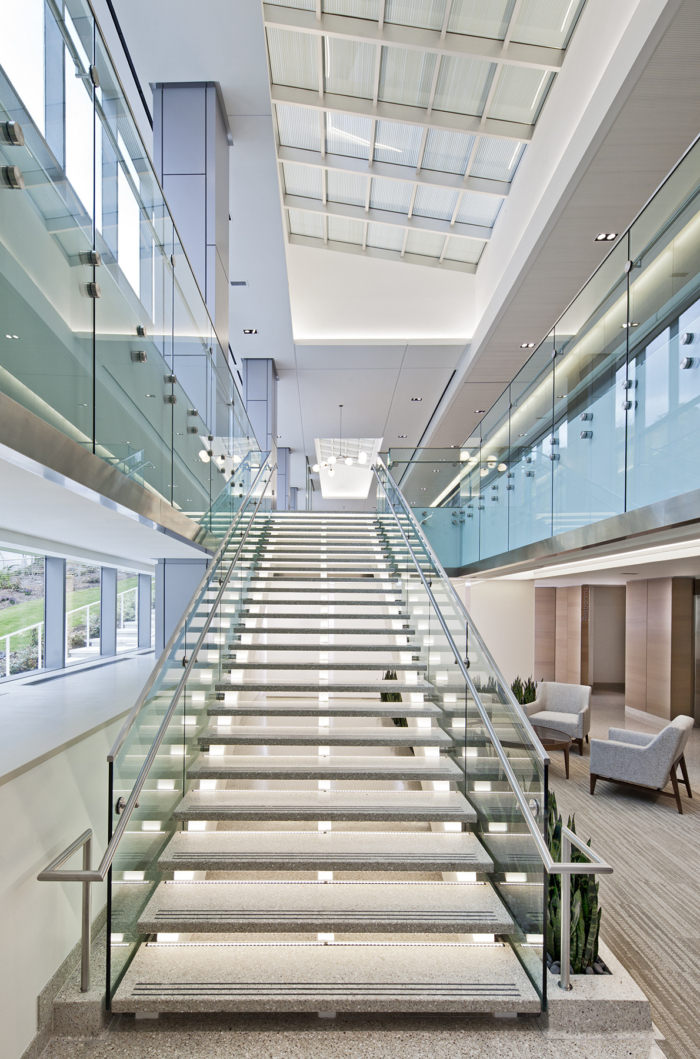
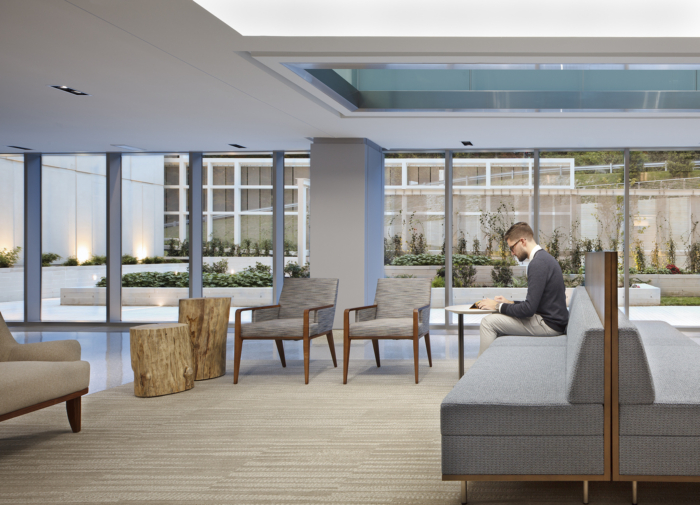
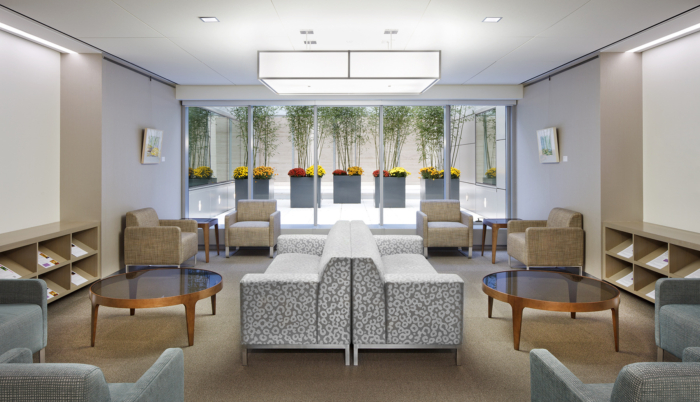
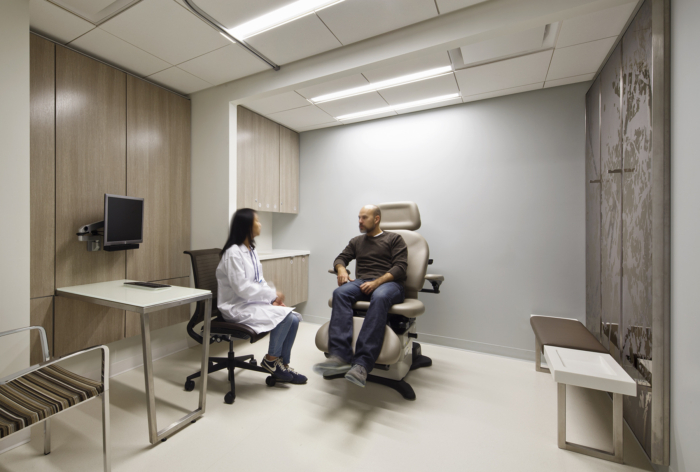
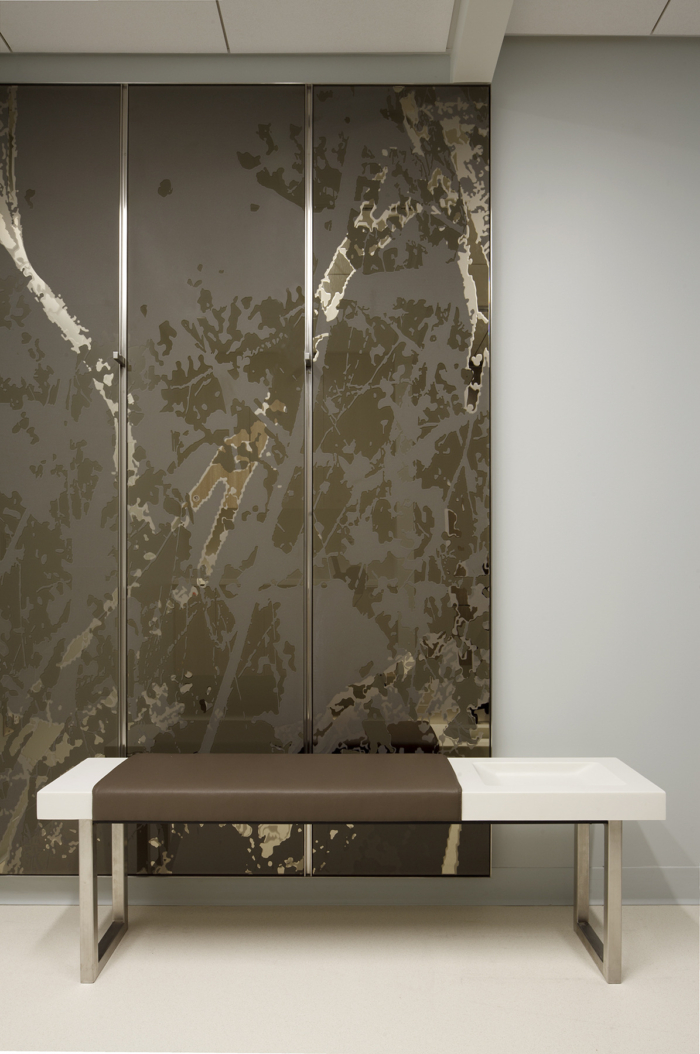
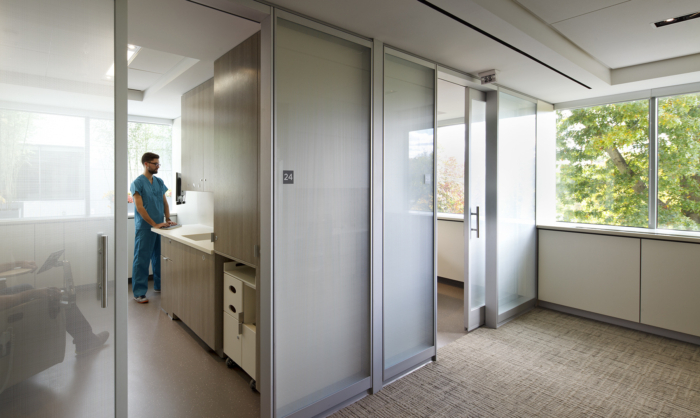
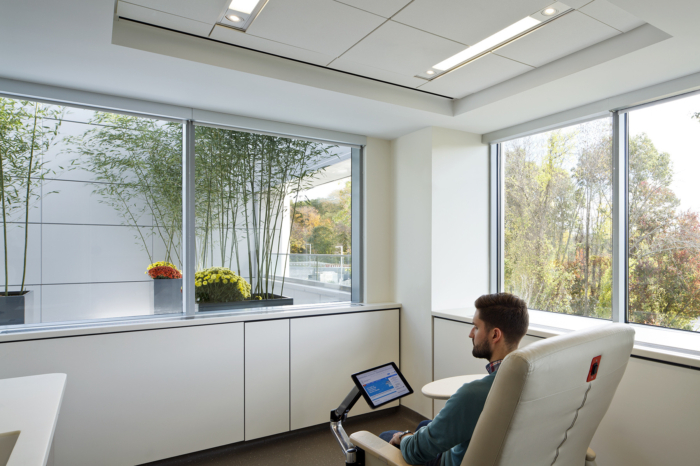
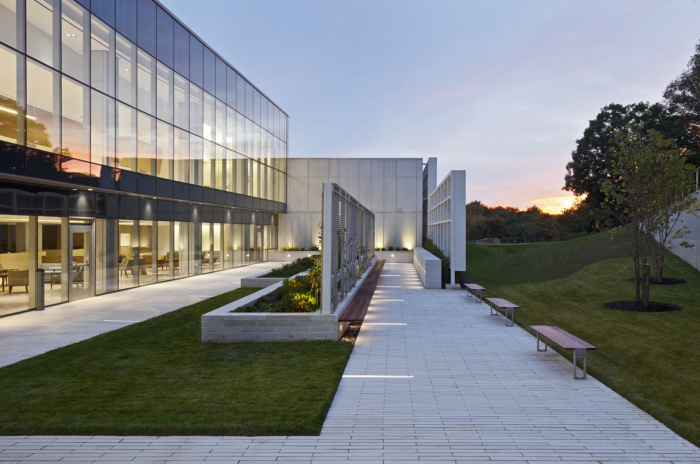





Now editing content for LinkedIn.